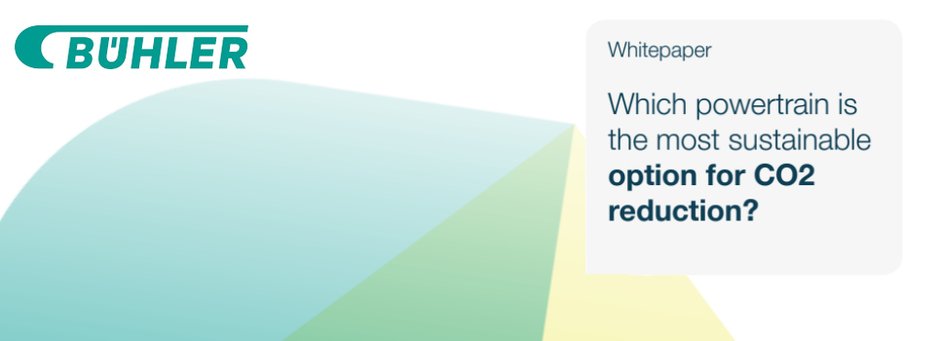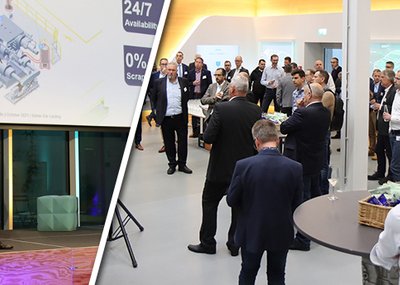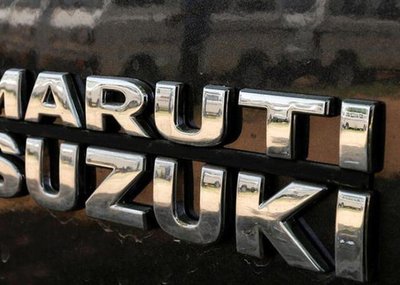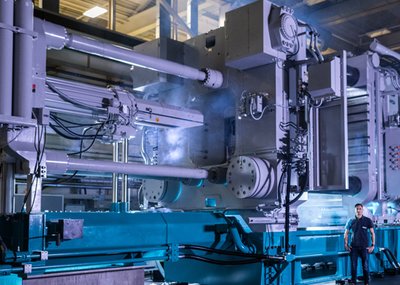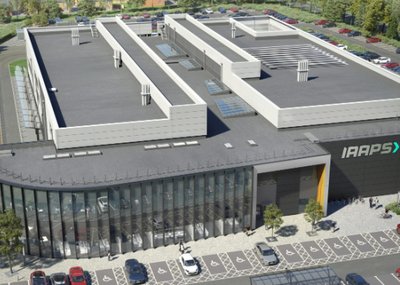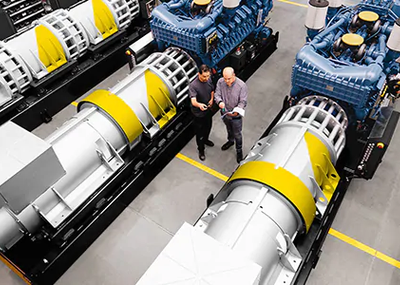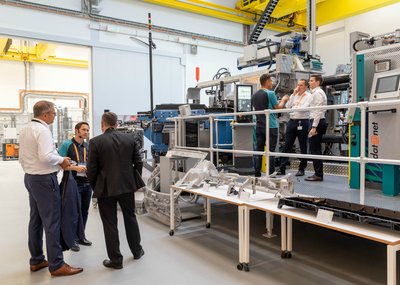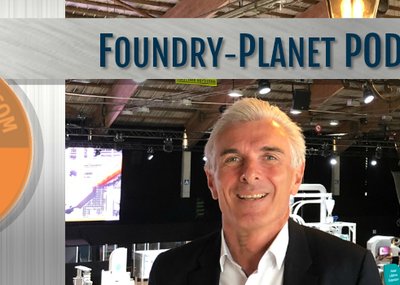With growing regulatory, health and consumer pressure to de-carbonize our mobility, alternatives to traditional combustion engine vehicles are a priority. Considering battery electric vehicles, plug-in hybrids, hydrogen (fuel cell) and synthetic fuels, which is likely to win out? And what are the implications for suppliers to the automotive sector?
With another big rise in atmospheric CO2 predicted for 2019¹, reducing global warming has become one of the most pressing challenges of our age. Under the Paris agreement, the EU has committed to cut its greenhouse gas emissions by at least 40% below 1990 levels by 2030², and has a long-term strategy to become a carbon-neutral economy by 2050.³
The mobility contribution to CO2 emissions around the world is estimated to account for 15% of the global total⁴, rising to as much as 30% of carbon emissions in developed economies such as the US.⁵ According to the World Economic Forum, the number of cars on our roads will rise from 1.1 billion in 2015 to 2 billion in 2040.⁶ If we are to meet this growing demand for increased mobility while meeting carbon reduction targets, what are the alternative technologies that could serve us best?
Decarbonizing our roads
From a CO2 perspective, all four powertrain alternatives – battery electric vehicles (BEVs), plug-in hybrids, hydrogen fuel cell electric vehicles (FCEVs), and synthetic fuels – have the potential to be carbon neutral in usage, but overall carbon footprint also depends on manufacture and primary energy sources. Lifecycle emissions analyses⁷ make the case that the production of lithium-ion (li-ion) batteries can be up to 74% less CO2 friendly than gas or ICE vehicles at manufacture.⁸ But, BEVs, FCEVs and plug-in hybrids currently make up just 3.8% of the world’s car production.⁹ Bühler’s estimation is that this carbon footprint will significantly decrease with volume, making production comparable in terms of CO2 across all the options.
As far as energy sources are concerned, if BEV’s are charged with renewable energy, they are carbon neutral in use. The greenest scenario is to use excess renewable energy, but even using electricity with today’s production mix, BEVs still emit less CO2 than comparable ICE vehicles.10
With plug-in hybrids, the electric power is assisting the chemical fuel element. The challenge is the weight of the electric powertrain. Investigations at ETH and Empa suggests that a 20% electric power contribution would be the right balance for hybrid usage from an energy saving view. Any more, and the electric powertrain gets too heavy, compromising energetic fuel consumption.
Hydrogen offers zero emissions from the vehicle (water vapor rather than CO2), but requires significant energy intensity in its generation. It only makes ecological sense if the primary energy used to create the hydrogen is from a renewable source. Fuel distribution is also a challenge. Filling stations need to be near the hydrogen plant for economies to add up.
For synthetic fuels, the manufacturing process captures carbon where fuels are produced, but emits the same amount of carbon as the vehicle moves. The redistribution of CO2 emissions from a remote production site to a busy city is not necessarily welcome. And although this fuel usage is carbon-neutral, the fuel production is linked with severe energetic losses (up to 50%). However, if seasonal or regional excess electricity is used, synthetic fuels would have a positive overall balance.
In March 2019, Volkswagen published a study into powertrain options over the lifecycle of a car with 00,000 kms mileage, comparing efficiency in terms of primary energy requirement – see Figure 1.12 A traditional ICE – in fossil gasoline operation – has a primary energy requirement of 800 wh/km. Of the regenerative fuel alternatives, the more attractive options include hydrogen fuel cell vehicles at 674 wh/km and plug-in hybrids at 650 wh/km. By far the most compelling option in terms of energy requirement is the BEV, which at 404 wh/km offers nearly double the efficiency of a traditional ICE car.
But which powertrain will win out?
Of course, successful uptake is not all about efficiency. It depends on cost, ease of use, and whether the solution is fit for usage. Does it require a huge shift in behavior such as car sharing for example? Regulatory requirements, tax or commercial incentives can also shape markets, as we have seen in China, where subsidies have generated a surge in e-vehicle uptake13, and Germany, where tax breaks have promoted hybrid cars for company drivers.14 Taking all of these into account, what is the likely mix for alternative powertrain technologies?
BEVs
The big issues for BEV’s are range, recharging – and battery life (see Bühler’s whitepaper on batteries). The current range of new models tends to be well above 300 kms. How limiting is this? Analysis of private car usage in Switzerland shows that 70% of vehicle trips are shorter than 30 km, even with several trips per day.14 To cover these 70% of trips with BEVs, no expensive (large) batteries or (high power) charging infrastructure is needed.
In fact, the 300 kms range covers 95% of daily trips.15 With improving charging technology, new infrastructure, and falling prices, BEV’s are likely to dominate the private electric car market. Heavier batteries needed for the longer range company car fleets, haulage transport, trucking and buses are unlikely to be able to provide adequate CO2 reduction or cost benefit.
Plug-in hybrids
Plug-in hybrid sales are being boosted by tax incentives and the consumer perception that they are getting green motoring without the anxiety of running out of charge.
Currently, plug-in hybrids are not a viable CO2 reduction option; the energetic consumption is higher than BEV in electric mode and higher than standard hybrid electric vehicles (HEV) in hybrid mode. Two powertrains mean they are also expensive. We see plug-in-hybrids as a stepping stone to BEV adoptions, and don’t expect them to have a long-term future, unless legislation, such as pure-electric urban zones, create new demand.
Hydrogen powered (FCEV) vehicles
For hydrogen powered (fuel cell electric) vehicles, long range journeys are an economic possibility, but only if the infrastructure is in place. Commercial vehicles need fast fueling. There could be 50 vehicles or more in one depot at the same time. BEVs can’t currently manage the range or recharging needs of this sector, but hydrogen could.
With hydrogen stations at significant transport points such as docks, transport depots and freeway filling stations, hydrogen could be a viable option. This requires 20+ years of infrastructure development.
Synthetic fuels
Synthetic fuels could be used to reduce the fossil element in our current fuel and has the advantage of not needing new powertrain designs or new motoring infrastructure.
The problem here is cost. Synthetic fuel is currently ten times more expensive than fossil fuels. It is possible that economies of scale could bring this down to be just two to four times more expensive, but parity is unlikely. Since fuel makes up just 10 – 20% of the overall cost of running long haul vehicles, synthetic fuels could become an attractive option here. One possible scenario, as part of a regulated change, is that synthetic fuels could substitute fossil fuel as part of the mix at the pump. That might start with just 5%, rising to 100% over the next 30 to 50 years.
Regardless of which powertrain we use, to meet global targets for CO2 reduction, we have to switch from fossil fuel generated power to renewable sources. According to the International Renewable Energy Agency (IRENA), renewables in 2018 accounted for a third of global power capacity, up by 7.9 percent on the previous year.
Nearly two-thirds of all new power generation capacity added in 2018 was from renewables, led by emerging and developing economies. Asia accounted for 61 percent of total new renewable energy installations. Oceania saw the fastest growth with a 17.7 percent rise in 2018.
Renewable energy sources are key
When it comes to sustainable mobility, other factors are important. Can the local grid cope with growing demand? How significant will political concepts and regulation be in incentivizing or forcing growth in sustainable transport? Can we develop the infrastructure we need to make e-mobility a viable consumer and business option? Can we incentivize the consumer market to use excess renewable electricity in the middle of the day?
Can we improve electricity storing solutions – such as batteries that store energy from solar panels in homes and factories – so that we make the best use of carbonfree resources?
Christian Bach, Head of Lab, Automotive Powertrain Technologies at Empa, the world-renowned research institute for materials science and technology, says they see electricity being the main driver for sustainable mobility: “Whether it is BEVs for consumer mobility or electricity based fuels such as methane or hydrogen for longer journeys, renewable energy sources are key.”
Marcello Fabbroni, Director Global Product Management & Marketing, Bühler Die Casting, says he is optimistic about technological development in-line with mobility demand. “I think we will be able to develop renewable energy sources technologies and infrastructure to meet the burgeoning demand from the mobility sector. With growth comes innovation and economies of scale, improving efficiency and driving costs down as we go.”
Implications for auto industry suppliers
This shift in powertrains means that demand from the automotive industry will change profoundly over the next 10 to 30 years. For example, instead of die-casting a diesel engine block, producers will need to be ready to supply battery boxes, water cooled electric motor housings, inverter housings with very high requirements for cleanliness and structural parts with very high mechanical properties. Agility will be key to success.
CO2 accreditation for vehicles may also become part of the consumer landscape, so investing in energyefficient processes is essential.
“When we are developing advanced die-casting solutions with the big automotive companies such as BMW and Audi, they want to know about the sustainability of Bühler as a group, as well as the production footprint of our machine. Improving efficiency with new machines and advanced digital services is the primary focus for us at this moment in time,” explains Fabbroni.
Another essential focus is reducing weight in vehicles. This has a positive impact on reducing CO2 emissions for ICE cars and extending range in BEVs. Bühler’s die-casting solution for stronger, lighter structural parts such as shock towers and rear rails is just one example of new opportunities created by the drive for more sustainable solutions.
Empa’s future mobility demonstrator, ‘move’, is working on the entire pathway of using and converting surplus renewable electricity for mobility.17
“Our vehicles under test and development include electric cars for short and city trips, hydrogen-driven fuel cells for buses and communal vehicles, and gas engines for medium-sized cars and delivery vans. It’s clear to us that the future is carbon-free transport and that there will be a mix of solutions to meet different user cases,” Bach says.
Conclusion
- The two most promising paths are BEVs and synthetic fuel ICE vehicles.
- With innovation, we expect BEVs to dominate the alternative powertrain market.
- Plug-in hybrids will disappear unless electric-only urban zones drive demand.
- Hydrogen FCEV’s could become increasingly interesting for the truck domain.
- Synthetic fuels could emerge as an alternative for longer-journey vehicles.

